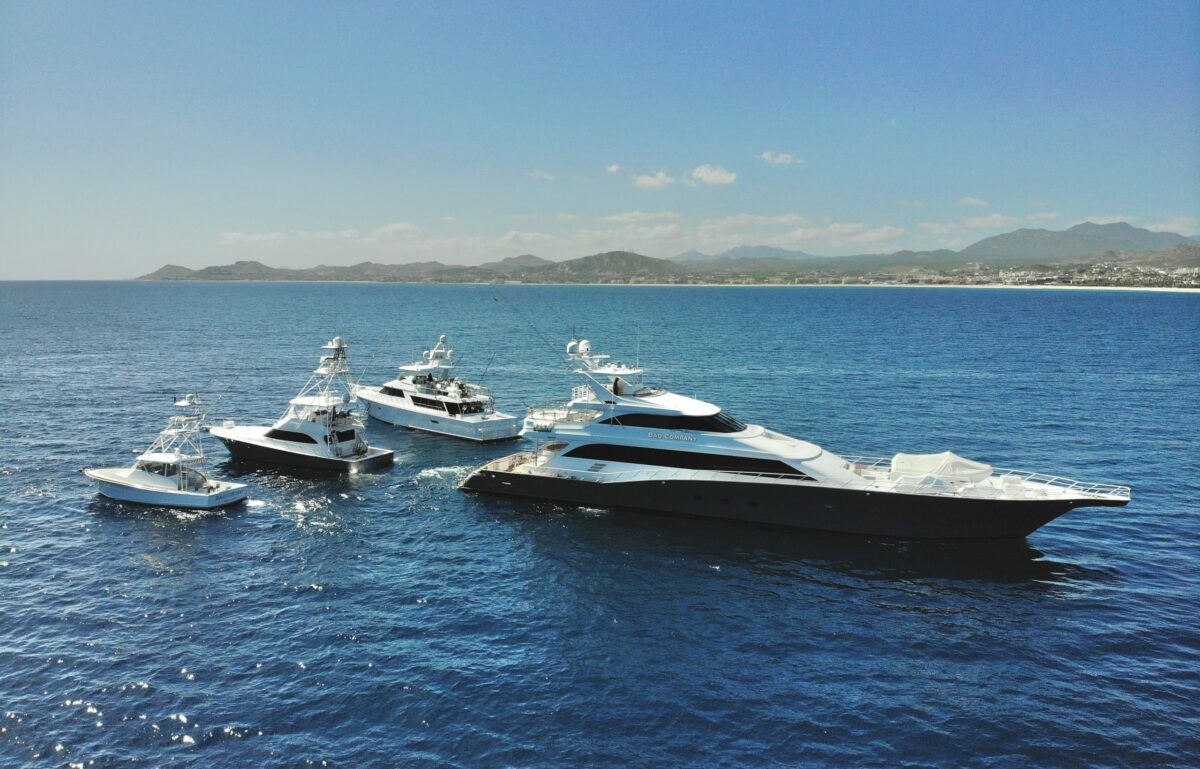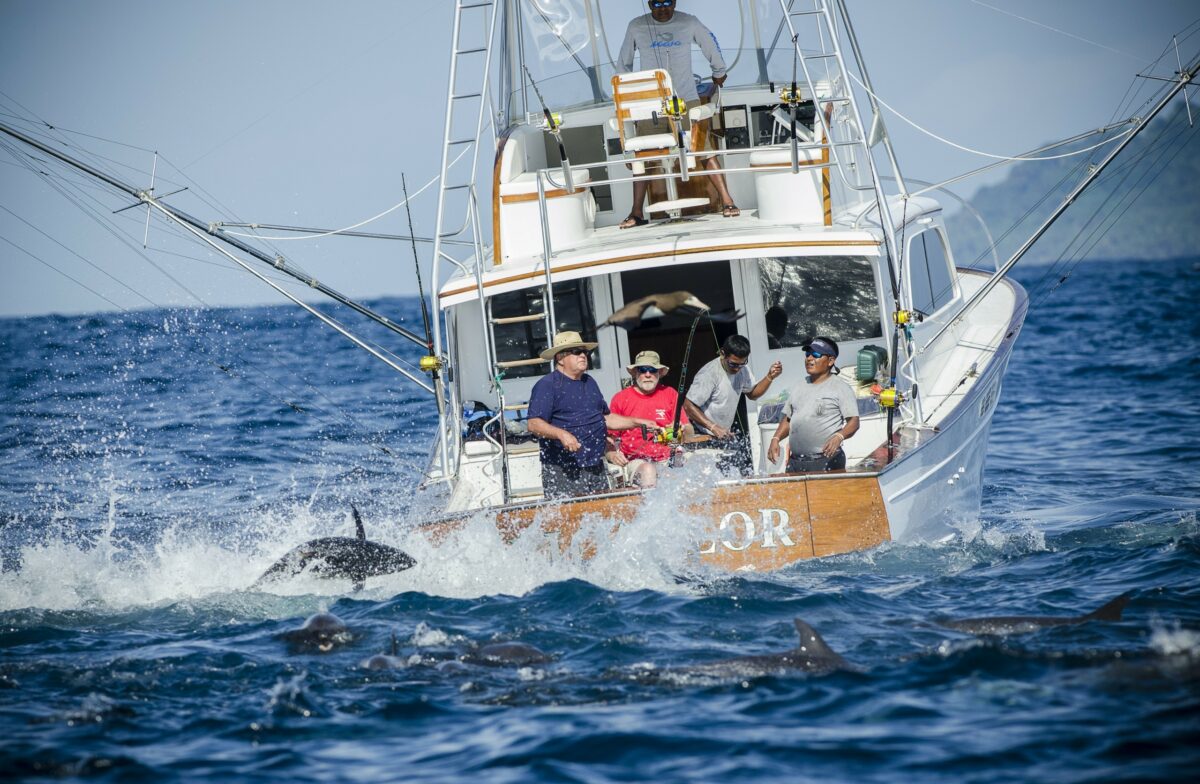Making Mama Nido: A Mothership in Panama by Monte Richardson
In 1515, Captain Antonio Tello De Guzman pointed his ship launches shoreward in an effort to bring home the bacon to Mother Spain. What he found was an indigenous village, which he interpreted to be named “Abundance of Fishes.” The locals called it Panama.
These days, Panamanian textbooks label the word to mean, “the abundance of fish, trees and butterflies.” In the native Kuna Indian dialect there is “bannaba,” interpreted to mean far away or distant. Even lost in translation, the Central American nation of Panama encompasses all those meanings and more. Despite its slivery appearance on a map, it is a vast land: vast in all kinds of nature, where the sun will burn you quick and the rain rivals steelheading on the Olympic Peninsula. It has strange animals, some of which will only eat rotten mangoes and will only defecate in fresh water. It has trees as large around as a pickup truck and canopies of foliage that block the sun as if it were midnight. And it has those creatures that make our hair stand up straight on the back of our necks”the ones that swim”and in abundance. For all that Panama has, its beauty can also be seen in what it lacks. In the Darien of southern Panama, there are no roads. There are no marinas. The tides neap and spring and crash the coastline and do not encounter a manmade breakwater at any point. In most places of this vast land, diesel fuel is unavailable. The Concept The short, studious version of our decision to fish in Panama could be likened to a monkey who has been hit in the head with a pipe wrench. Each time the monkey starts to think, his eyes roll back in his head and he starts laughing. That is how we ended up with Picaflor, our 43-foot Merritt, plying the vast ocean south of Garachine with a little fuel and lots of gall. After several years, what we needed became apparent: a nest for our boat that could go with us. A floating nest of diesel and provisions. And that how we ended up with a mothership. Most boat buyers would decide to upgrade at that point to a larger vessel but that idea was out of play for us; we wanted to keep the Merritt, which was a superb fishing platform with the agility and performance to catch big pelagics on light line. And a newly built mothership would be uneconomical. And so our sights turned to older steel boats and supply utility vessels. Eventually we found one that suited our needs in Cameron, LA. It was the SU/V Phyllis II, a 1966 Halter Marine boat, 89 feet in length and operated by the same owner since she was splashed. Over the years the company that owned her had transitioned to a fleet of boats with larger capacities and lengths necessitated by the deeper offshore oil exploration but she was the right fit for us. The Refit Built for servicing offshore platforms, the Phyllis had plenty of belowdeck storage, almost 18,000 gallons of ballast area in multiple tanks, 13,500 gallons of fuel capacity and 2,500 gallons of fresh water storage capacity. The main engines were Detroit 12V71 with pneumatic starters, able to power her along at a cruising speed of 12 knots with a clean hull. The engines were keel-cooled and the exhaust dry-stacked. Being designed principally for commercial hauling and supply, the Phyllis left much to be desired for a live-aboard mothership so we took to tearing her up. The rear deck behind the lazarette was extended to include a swim platform that would be utilized for fish cleaning and as an offloading point for tenders. To keep the exhaust from becoming burdensome, the stacks were raised above the top deck where an extension for food storage and additional trip items could be housed. For redundancy, the original single Detroit generator was removed and replaced with a pair of 65kW John Deere generators that could be used in single configuration for shore power and uninterrupted service if one unit were to require attention or maintenance. Other items were given specific consideration to parts availability and simplicity, knowing that we would be far from home. For example, both……. (Click Here to purchase this entire story)













